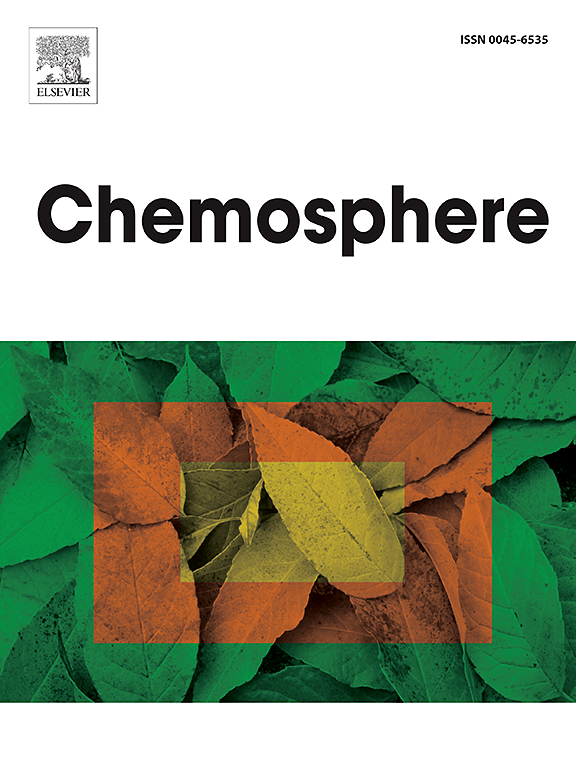苏格兰松和挪威云杉建筑材料中挥发性有机化合物的非目标和可疑筛选
IF 8.1
2区 环境科学与生态学
Q1 ENVIRONMENTAL SCIENCES
引用次数: 0
摘要
木质建筑材料可能是室内环境中挥发性有机化合物(VOCs)的来源,欧洲越来越关注木质建筑材料的分类和使用监管。与木材有关的主要挥发性有机化合物,如单萜烯,很少对人类健康造成不利影响,但随着分析方法变得更加敏感,新的低浓度有害挥发性有机化合物被检测出来。有必要对室内使用的不同木质建筑材料排放的挥发性有机化合物进行综合鉴定。本研究对欧洲三种重要的木质建筑材料的挥发性有机化合物排放进行了首次半定量非目标和可疑筛选。利用综合二维气相色谱法和飞行时间质谱法对从发射室收集的空气样本进行分析,并将所得的质谱划分为置信组。交叉层合材、未经处理的云杉板和未经处理的松木板分别释放出84、133和197种化合物。研究发现,与云杉建筑材料相比,松木板排放的挥发性有机化合物数量和大多数挥发性有机化合物浓度更高。在松木和云杉的排放剖面中检测到几种新的挥发性有机化合物。然而,它们在结构上大多与之前报道的木材挥发性有机化合物相似。从这三种木质建筑材料中释放出的两种令人关注的化合物是糠醛和(E)-2-辛醛,这两种化合物分别被列为第2类致癌物和强烈的眼睛刺激物。本文章由计算机程序翻译,如有差异,请以英文原文为准。

Non-target and suspect screening of volatile organic compounds from Scots pine and Norway spruce building materials
Wood building materials can be a source of volatile organic compounds (VOCs) in the indoor environment and increasing focus is put on classification and regulation of the use of wood building materials in Europe. The main wood related VOCs such as monoterpenes rarely pose adverse health effects for humans, but as analytical procedures become more sensitive new hazardous VOCs are detected in low concentration. There is a need for comprehensive identification of VOCs emitting from different wood building materials for indoor use. This study performed a first semi-quantitative non-target and suspect screening of VOC emissions from three important wood-based building materials in Europe. Air samples collected from emission chambers were analyzed using comprehensive two-dimensional gas chromatography coupled to time-of-flight mass spectrometry and resulting mass spectra were classified into confidence groups. A total of 84, 133 and 197 compounds were found to emit from cross-laminated timber, untreated spruce panel and untreated pine panel, respectively. Pine panel was found to emit a higher number of VOCs as well as higher concentrations of most VOCs compared to the spruce building materials. Several new VOCs were detected in the emission profile of pine and spruce. However, they were mostly structurally similar to previously reported wood VOCs. Two compounds of concern emitting from all three wood building materials were furfural and (E)-2-octenal, as these have been classified as group 2 carcinogen and potent eye irritant, respectively.
求助全文
通过发布文献求助,成功后即可免费获取论文全文。
去求助
来源期刊

Chemosphere
环境科学-环境科学
CiteScore
15.80
自引率
8.00%
发文量
4975
审稿时长
3.4 months
期刊介绍:
Chemosphere, being an international multidisciplinary journal, is dedicated to publishing original communications and review articles on chemicals in the environment. The scope covers a wide range of topics, including the identification, quantification, behavior, fate, toxicology, treatment, and remediation of chemicals in the bio-, hydro-, litho-, and atmosphere, ensuring the broad dissemination of research in this field.
 求助内容:
求助内容: 应助结果提醒方式:
应助结果提醒方式:


